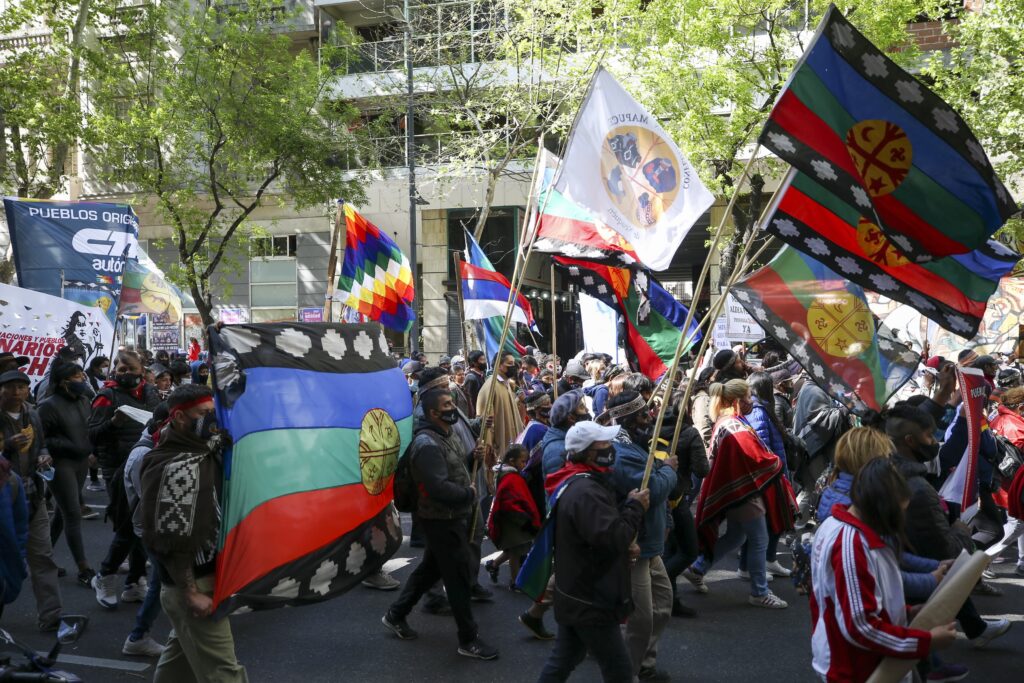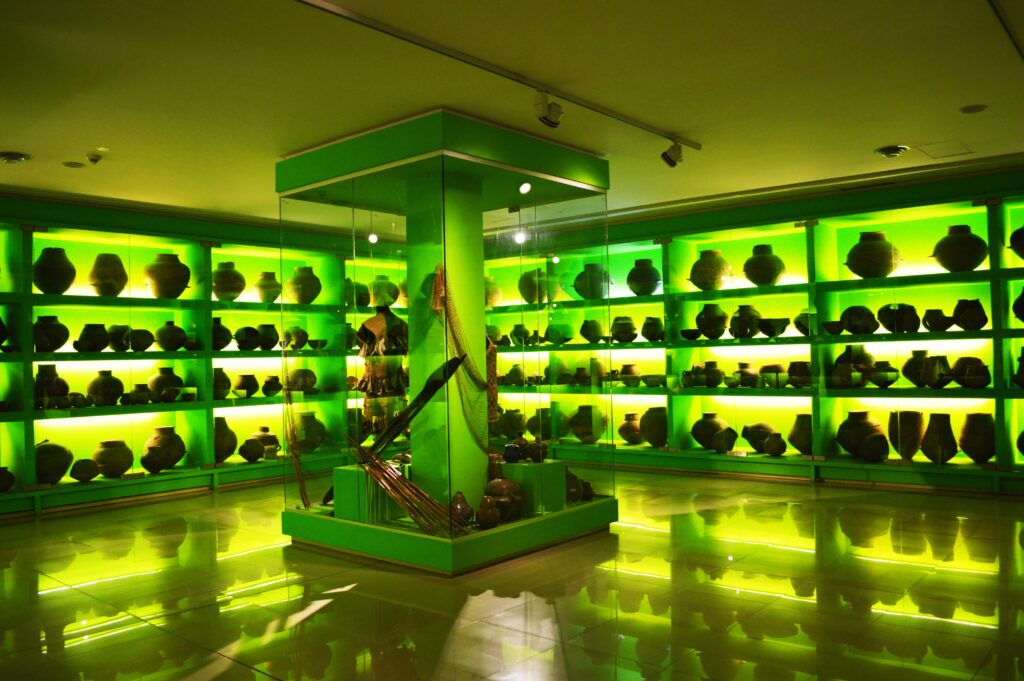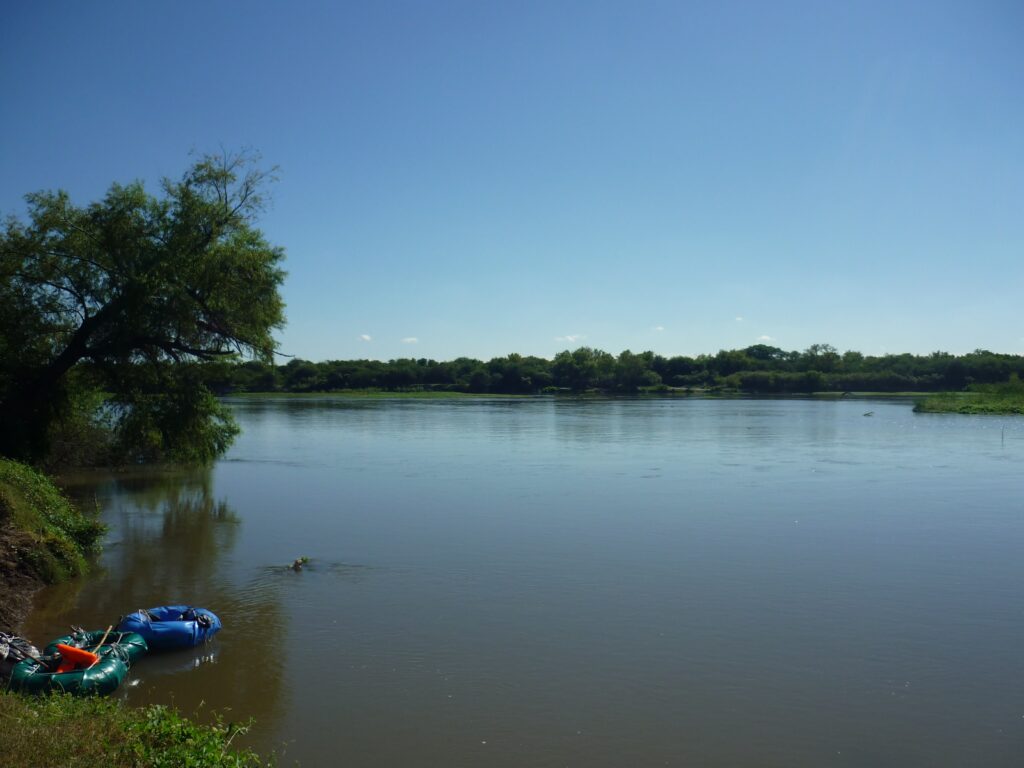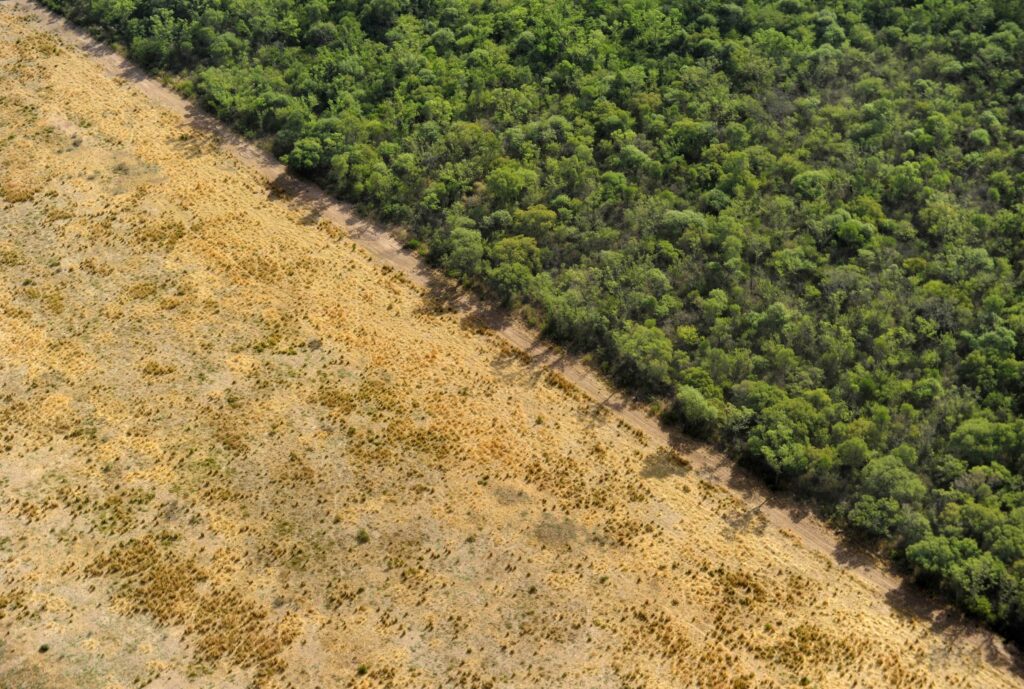Can Ancient DNA Support Indigenous Histories?

In the early 1900s, two amateur archaeologists relentlessly dug up the plains of the Argentine province of Santiago del Estero. The French brothers Emilio and Duncan Wagner “salvaged” pottery pieces and human remains—especially skulls. Based on superficial similarities of ceramic decorations, they concluded the items had been made by a great civilization related to the Mound Builder cultures of North America or Classical-era cultures of the Mediterranean world.
Notably, they contended this “Empire of the plains” had no ties to the Indigenous peoples living in the region at the time.
The Wagner brothers’ interpretations of the pre-Hispanic past of the Santiago del Estero lowlands were soon dismissed by the scientific community. But the idea of a long-lost civilization still permeates the local collective imagination and shapes public representations of Indigenous peoples. Even the Wagners’ 1934 book, which presented their myths of the province’s history, has recently been republished to be freely distributed to educational institutions.
As an archaeogeneticist—a biological anthropologist studying ancient DNA—I think a lot about how connections with the past help construct identities in the present. Compared to the Wagners’ ill-founded conclusions, genetic analyses rest on solid scientific theory and sophisticated statistical methods. But DNA data still requires interpretations, which often have the same potential to reaffirm or challenge peoples’ understood histories.
When archaeogeneticists present data without appropriate safeguards, we can reinforce popular misconceptions about race, identity, and belonging. Responsible genetics research requires equitable collaborations with groups affected by the research—though building trust between researchers and these communities takes time and commitment.
INDIGENOUS IDENTITIES
As in other South American countries, Argentine intellectuals and state agents from the mid-19th to 20th centuries portrayed the national identity as mestiza or admixed—of mixed ancestries or origins. Indigenous and African components of the population’s ancestry became forgotten by many—in the words of Argentine anthropologist José Luis Grosso, a “powerful absence” in the imagined future of the new nation.
In Santiago del Estero, located between the Parana and Paraguay river systems and the Andes Mountains in northern Argentina, the rich archaeological record served as a basis for an “Indigenous extinction” narrative. The stereotype of the rural Santiago inhabitant soon became the admixed campesino, or peasant: someone with a traditional life of subsistence farming, hunting, fishing in the rivers, gathering fruits and firewood, and paid seasonal work.
The representation of Indigenous peoples as vanished, existing only in a remote past, persists in a local museum named after the Wagner brothers. In the Museum of Anthropological and Natural Sciences Emilio and Duncan Wagner, ceramic pots are exhibited for their mere aesthetic value, without much information about the societies that made them.
While erased from the official history, Indigenous memories were held onto by Santiago’s campesinos. Over the past two decades, Indigenous collective organizing and demands for government recognition have accelerated. The Argentine state now recognizes 98 Indigenous “communities,” whose members belong to six Indigenous “peoples” in the province.
The resurgence of ethnic identities among Santiago’s peasantry can be better understood in the context of heated—and sometimes violent—conflicts over land as the agricultural frontier advances. According to Greenpeace Argentina, in 2022 alone, native forests spanning an area almost four times that of Manhattan were taken down in Santiago del Estero. Deforestation not only aggravates climate change, it also destroys rural and Indigenous people’s livelihoods and forces their displacement.
Faced with this threat, Indigenous communities with official recognition have better legal recourses to demand collective ownership of the lands they inhabit. According to Argentine law, the first step to obtain this right is a technical survey conducted by the National Institute of Indigenous Affairs. This entails mapping the territory they occupy and also conducting a historic and anthropologic report on the community’s “material and symbolic connections … to the land.”
WHEN DNA CASTS DOUBT
Here is where ancient DNA research enters the story. When presented as “hard data,” genetic results are often deemed more objective, legitimate sources of knowledge than traditional Oral Histories and collective memories.
As an Argentine archaeogeneticist, I worry that my field could have undermining effects on Indigenous narratives about continuity in their territories.
Among the numerous cases reported worldwide, one in particular stands out because it involved the Huarpe, an Indigenous group living in what is today Argentina. In 2021, controversy erupted over an ancient DNA study resulting from a collaboration between Argentine, British, and Danish research centers.
The scientists sequenced partial genomes of roughly 1,500-year-old individuals from the Calingasta Caves in San Juan, an Argentine province to the southwest of Santiago del Estero. To recover the DNA, they crushed and chemically dissolved one tooth, one bone of the inner ear, and lice nits from the hair of mummified bodies (scalp skin cells get trapped in cement that louse secrete to attach their eggs to hair).
Comparing incomplete genomes from these individuals to a genomic dataset of present and ancient “Indigenous American populations,” the geneticists concluded “the original peoples of San Juan” came from Amazonia about 2,000 years ago. The authors interpreted San Juan’s present-day population as unrelated to the “original Huarpes” and with “a very recent ancestry, traced back to two or three generations only.” They also claimed the Indigenous peoples of Argentina “were eradicated by the 20th century.”
Soon after the study was covered by the Argentine press, it received backlash from Huarpe people, who considered the research “a disrespectful treatment of our ancestor’s bodies.” For them, the genetic results were used to refute their identities and ties to the territory they inhabit today. The Huarpe also condemned the discriminatory terms “original” and “unoriginal” used by some of the research authors when referring to the Native populations of San Juan province.
Given the study only reported incomplete genomes from three individuals, it’s possible the scientific narrative could change with more evidence. Archaeogeneticists should consider the potential harm that comes from publishing conclusive-sounding results based on limited—and exclusively genetic—data.
ANCIENT PRESENCE
On the other hand, genetic data can also serve Indigenous land claims and recognition demands. For my doctoral research, I analyzed mitochondrial DNA—a small loop of maternally inherited genetic code—from 45 individuals who lived in what became Santiago before Spanish colonization, roughly 500 years ago.
When I compared the ancient people’s maternal lineages to those of present-day inhabitants of the province, I observed that many individuals shared nearly identical sequences. This suggests the modern people descend from those living at least five centuries before.
Pushing this genetic continuity back further, my colleagues from the Universidad Nacional de Córdoba have identified several maternal lineages in the local populations that can be traced back at least 8,000 years. These results contradict the Wagner brothers’ idea of a broken link between present-day peoples and the first inhabitants of Santiago.
Nevertheless, our work merits critical reflection. The DNA I analyzed was extracted from teeth taken a decade ago from human remains stored in museum collections, without consulting local communities. Also, my colleagues and I acknowledge that archaeogenetics is not the only way to reconstruct something as complicated as the human past. Every line of evidence has strengths and limitations. That is why genetics results shouldn’t stand alone, without corroboration from Indigenous histories and archaeological evidence.
Repeatedly, Indigenous leaders such as Solita Pereyra from the Tonokoté Nation have declared that their Oral History dates their affiliation to the Santiago del Estero lowlands back to the initial peopling of the territory by their ancestors. They have asserted that archaeologists and anthropologists have not incorporated Indigenous insights into their interpretations—but should.
COLLABORATIVE FUTURE
The Wagners hired locals to do the hard labor of their excavations under the scorching sun of Santiago’s plains. At that time, it was the only chance for residents to engage with their archaeological heritage.
Archaeologists perpetuated such colonialist interactions with the marginalized populations of Santiago until the late 20th century. Considering this, along with the Wagners’ persisting influence in local museums and popular narratives, Tonokoté and other Indigenous nations have been reluctant to collaborate with non-Indigenous archaeologists. Like in other Indigenous communities, these nations have perceived archaeological research as a threat to their cultural and political interests.
However, over the past decade, archaeological projects in the province have started to engage in science communication and discussion with local communities. Some initiatives were created to inform educational policies and improve broad Argentine society’s understandings of Indigenous histories.
Compared to traditional archaeologists, we archaeogenetic researchers lag behind on critical decolonizing efforts in Latin America.
The journey toward building collaborative and trusting partnerships between Indigenous or rural communities and archaeogeneticists will be long and complicated. These alliances are necessary, not only to proceed in a more ethical and responsible way, but also to produce better science.
Weaving Indigenous histories with emerging genetics research could help right misconstrued popular narratives of Santiago del Estero’s past. These sources of knowledge testify to Indigenous continuity in the territory and connection to their Ancestors, despite centuries of exploitation, displacement, and erasure.




























